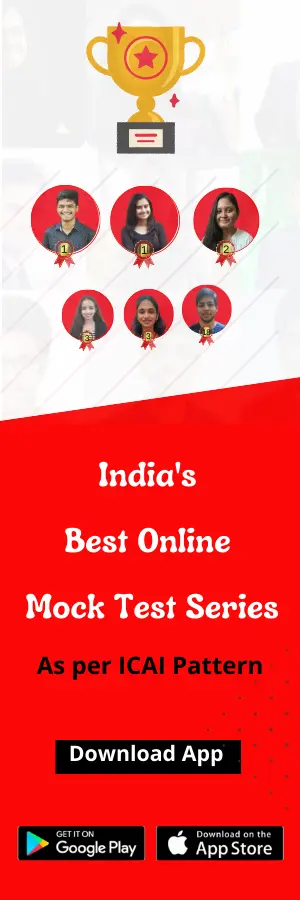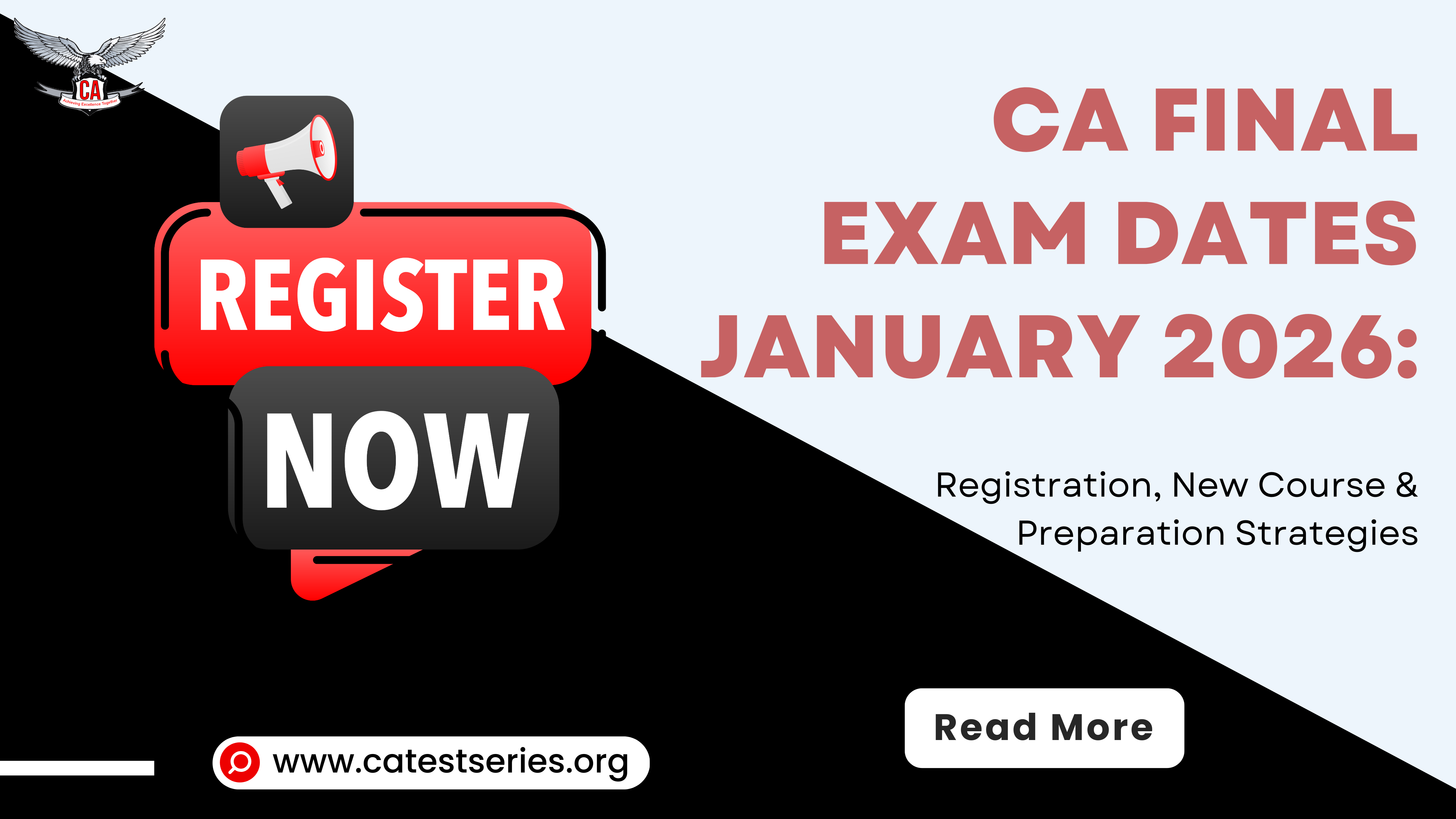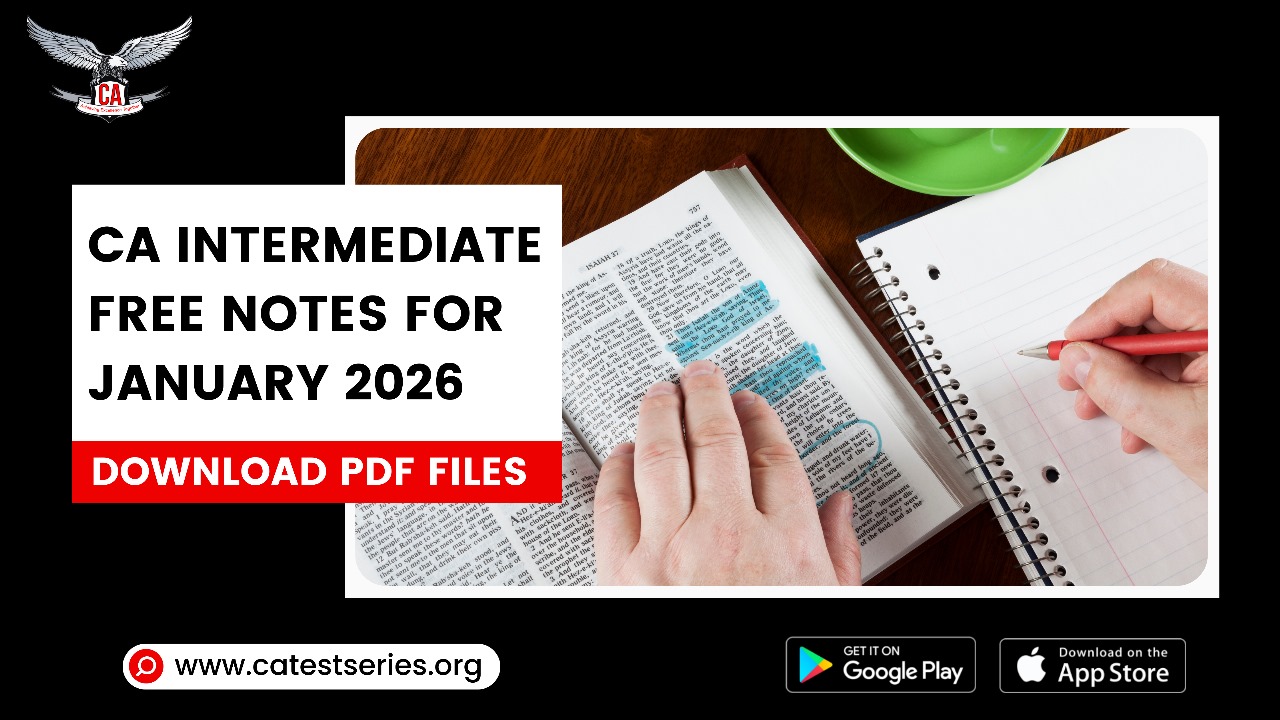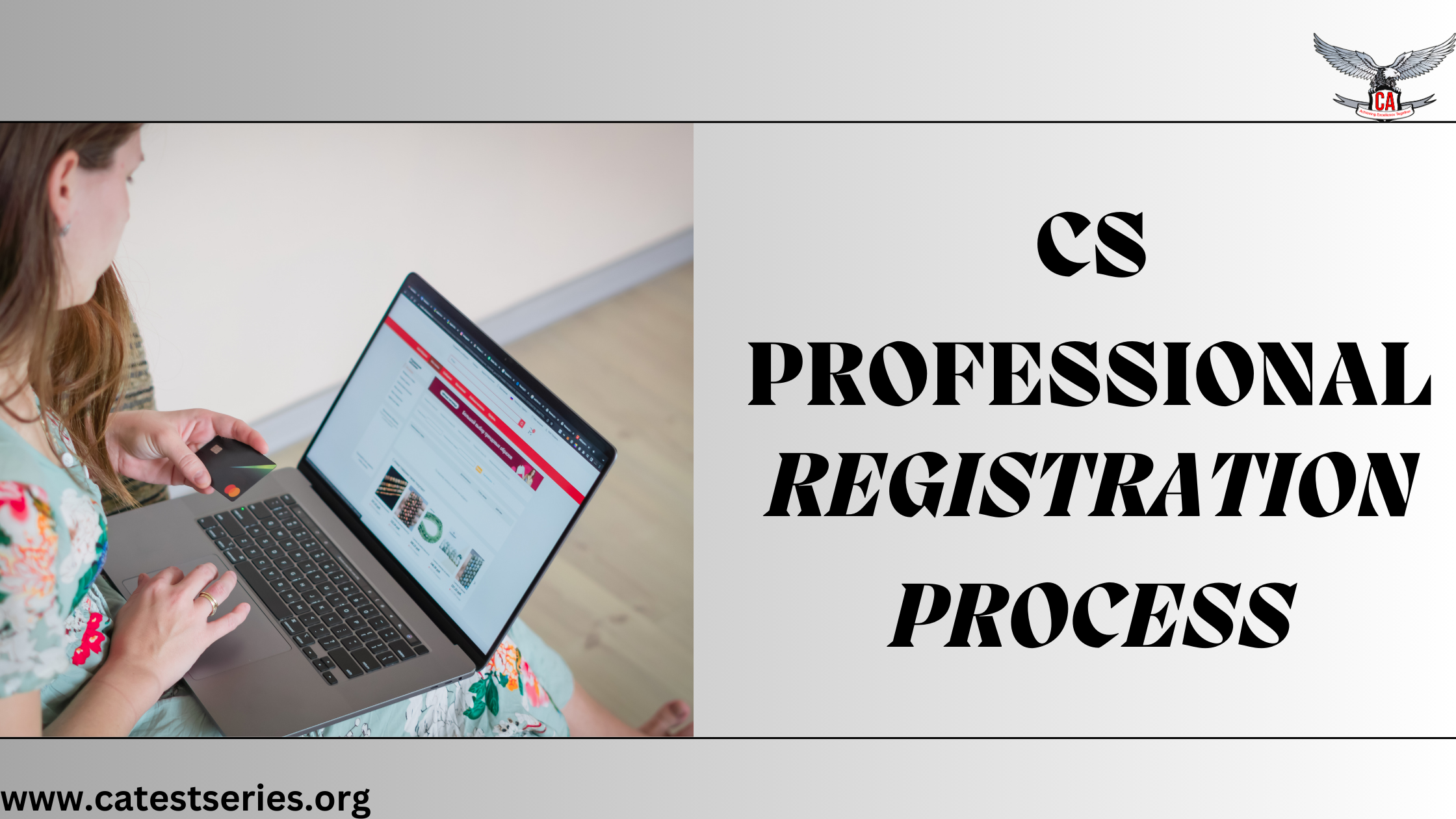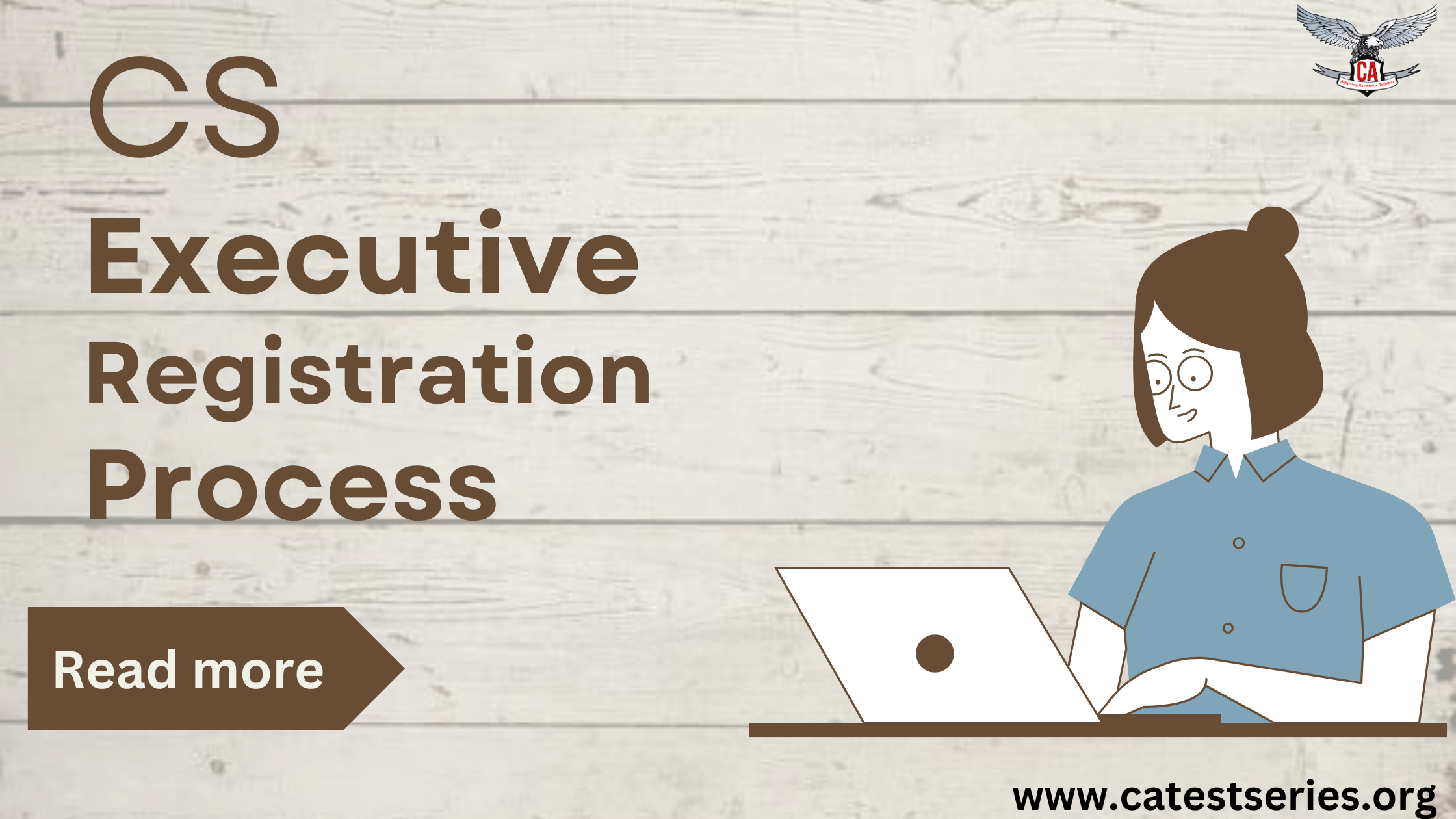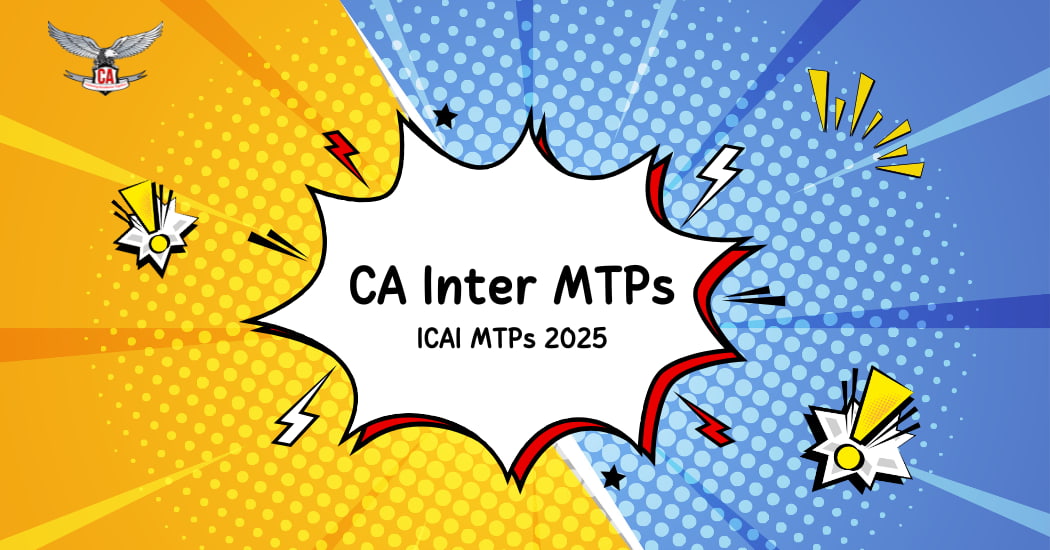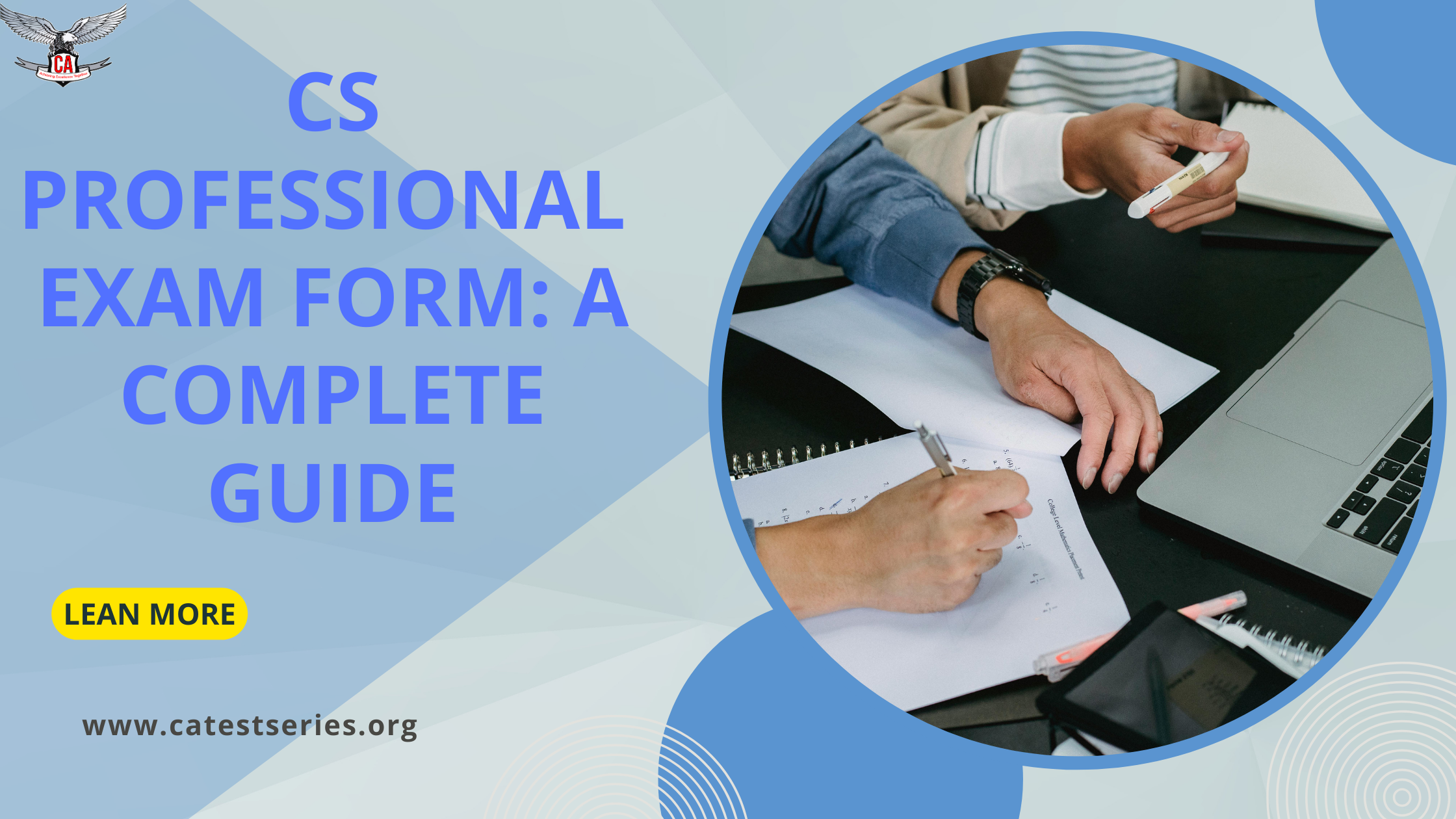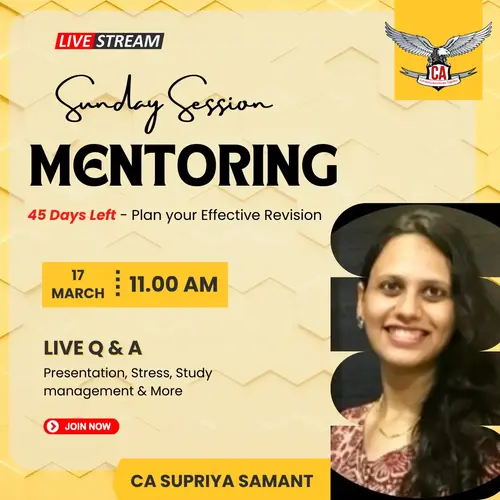CMA Inter ABC Analysis as per ICMAI | Cost Accounting CMA Inter ABC Trend
ABC Analysis of Key Cost Accounting Topics for CMA Inter: A Practical Guide
It might seem impossible to prepare for the CMA Intermediate test, particularly when it comes to cost accounting. It is difficult to know where to concentrate when there are so many ideas, computations, and theories to comprehend. An "ABC Analysis" can be useful in this situation. You may optimize your study time and raise your possible score by grouping subjects according to their significance and occurrence on the test.
To assist you in creating an efficient study schedule, we will divide the main cost accounting subjects into three groups in this guide: A, B, and C. To help you better understand how these ideas are applied in both test problems and real-world situations, we will also provide some examples to help make them come to life.
What is ABC Analysis?
ABC Analysis is a prioritizing technique that is frequently applied in inventory management, but it may also be used to arrange your study schedule. This is how we are using it in this case:
- Category A: High-priority subjects that are most important for the test. It is essential to master these.
- Category B: Topics that are moderately significant yet nonetheless occur frequently enough to merit your attention.
- Category C: Lower-priority subjects that do not come up as often, which you may address once you have mastered A and B.
You may increase your chances of scoring well by utilizing this framework to create a study schedule that prioritizes the most important subjects first.
Category A: High-Priority Topics
The foundation of CMA Inter-cost Accounting consists of these. Since these subjects are regularly examined and frequently carry significant grades, you should devote the majority of your study time to them.
- Cost Sheet- The cost sheet lists every expense, from overhead to raw materials, in order to present the overall cost of manufacturing. This tool is essential in every production setting.
Example: Assume you are creating a furniture manufacturer cost sheet. You would include all of the direct expenses, such as labour, wood, and screws, as well as the indirect expenses, such as utilities and factory rent. This sheet can help establish a viable sales price in addition to assisting in calculating the manufacturing cost per unit. During the test, you may be required to create a cost sheet that determines the cost per unit using data collection. One simple method to get easy grades is to practice these computations.
2. Marginal Costing and Break-Even Analysis- Finding the cost of manufacturing one extra unit is the main goal of marginal costing, which aids in decision-making when a business is thinking about increasing output.
Example: Imagine a factory that manufactures gadgets. The variable cost per gadget is $10, whereas the fixed costs (rent, wages) are $50,000. The following calculation may be used to determine the break-even point if every gadget sells for $20. The break-even point in this instance is 5,000 units ($50,000 ÷ ($20 - $10)). You may be asked to compute break-even points under various conditions on the test and in real-world situations, so knowing how to do this can help you.
3. Budgetary Control- In order to keep an eye on financial performance, budgetary control entails making plans and comparing them with actual outcomes.
Example: Imagine you work for a retail corporation as a financial analyst. You make a budget based on a monthly sales projection of $200,000. You discover that real sales at the end of the month totalled $180,000. The -$20,000 discrepancy suggests that actual sales fell short of the goal, which calls for more research. Exam questions that require you to create a budget or to recognize and analyze deviations might get you a lot of points, so be ready for these.
4. Standard Costing and Variance Analysis- Standard costing entails establishing cost benchmarks, whereas variance analysis identifies variations between standard and real costs.
Example: Assume you are in charge of a plant where the average labour cost is $15 per hour, but overtime causes the real cost to reach $17 per hour in a given month. To keep expenses under control in the future, this labour rate variation has to be examined. Expect to compute and understand several variance categories, including labour, material, and overhead variances, during tests. Gaining proficiency in this will offer you a strong advantage because questions using variance analysis are frequent and carry significant grades.
5. Job Costing and Batch Costing- These are specific cost allocation techniques utilized in sectors that deal with batch manufacturing or bespoke tasks.
Example: For example, job costing assists in figuring out the cost of materials, labour, and overhead, particularly for a customers task when a printing business accepts a commission to create personalized brochures for that client. Practice using these ideas with various data sets since you could be asked to compute expenses for particular operations or batches on the CMA test.
Category B: Moderately Important Topics
These subjects may not carry as much weight as those in Category A, but they are nonetheless regularly evaluated, particularly in theory-based questions or as part of broader issues.
- Process Costing
Industries like chemicals and food processing, where production goes through several steps, employ process costing.
Example: Process costing assists in allocating expenses to each stage if manufacturing has distinct phases for mixing, baking, and packing. For example, expenses for ingredients would be incurred during the mixing phase, whereas packaging expenses would be incurred at the final phase.
Make sure to study the calculations used in practice problems, which frequently include determining "equivalent units" or dividing expenses across several procedures.
2. Contract Costing
In sectors like construction, where agreements may last for several months or even years, this approach is employed.
Example: By accounting for both finished (certified) and uncertified work, contract costing assists a construction business in allocating expenses over the course of a bridge project.
You may be asked to compute expenses for portions of a long-term contract in brief case studies during tests. Learn about concepts specific to contract costs, such as retention money.
3. Activity Based Costing
For more precise cost allocation, the ABC technique divides costs according to the particular activities that generate expenses.
Example: The cost of setting up machines at a manufacturing plant might be high. Instead of just distributing the setup expenses across all units, ABC would divide them up according to how many setups each product needs. You could be required to compare ABC with conventional costing techniques or compute costs per activity for the test. Understand the reasoning behind it because it is frequently assessed in theory questions.
4. Overhead Allocation and Absorption
How to distribute indirect expenses, or overheads, among various departments or goods is covered in this topic.
Example: Assume that a manufacturer has $10,000 in total overhead that must be divided between two departments according to machine hours. You would allot $6,000 to Department A and $4,000 to Department B if Department A utilizes 60 machine hours and Department B uses 40. You may need to use various overhead absorption techniques on tests, so practice these computations to make sure you understand the ideas.
Category C: Lower-Priority Topics
These topics are less frequently tested, but they are still worth a look once you have mastered Categories A and B.
- Uniform Costing and Inter-Firm Comparison- These concepts involve standardizing cost practices across companies to facilitate benchmarking.
- Reconciliation of Cost and Financial Accounts- This topic deals with reconciling the cost accounts with financial accounts, which can help identify discrepancies.
- Cost Accounting Systems- Covers a variety of systems, mostly theoretical ones, such as integrated and non-integrated accounting systems.
Once you are comfortable with the high- and medium-priority subjects, go over these topics closer to the test. They often take the form of brief questions or theory-based prompts.
Final Tips for Exam Success
- Focus on Practice: Cost accounting involves a lot of calculations. You will get faster and more accurate the more tasks you solve. When you practice, try to replicate test situations.
- Do not Neglect Theory: Theory questions on subjects like ABC, budgeting, or standard costing are simple to score if you grasp the ideas, even if many of the questions are numerical.
- Analyze Past Papers: Examine previous CMA Inter examinations to identify recurring themes. This will help you feel ready and verify your ABC prioritizing.
Conclusion
For the CMA Inter cost accounting test, ABC Analysis is a useful technique that will help you study more effectively rather than more assiduously. Prioritizing high-impact subjects like budgetary management, marginal costing, and cost sheets will help you develop a solid foundation that will help you pass the test. Keep in mind that consistency is essential. You will be ready to handle whatever challenges the test presents if you approach the A, B, and C topics carefully.


